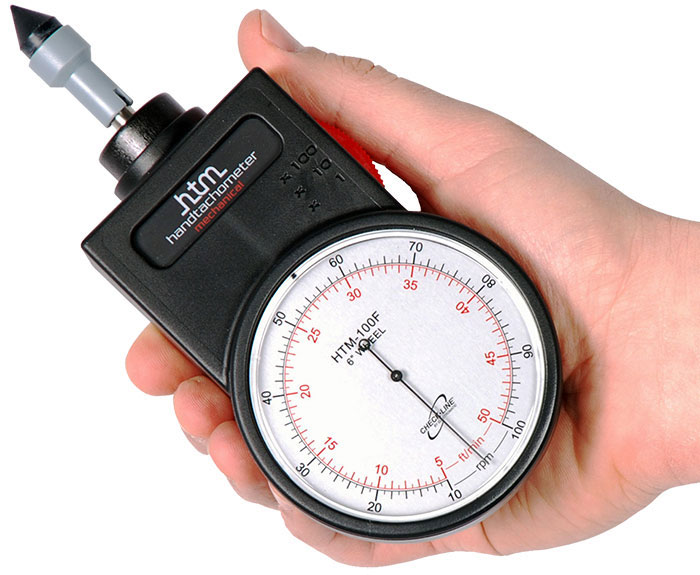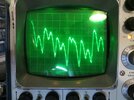throbscottle
Well-Known Member
I'm making an analogue tachometer for my PCB drilling machine, but the level detector at the end isn't very good - help please!
Here's the setup: The 5 pole motor is driven by a 10KHz PWM signal and does up to 30K RPM. The actual adjustment range starts at about 10K I think.
A 0.1 ohm sense resistor in series with the motor picks up commutator switching and PWM, and goes through a RC filter to get just the commutator signal. This is amplified and turned into pulses to drive a 555 monostable.
So this gets me an extremely jittery PWM signal relating to the speed of the motor, which is fed into a level detector consisting of a diode feeding a 10uF capacitor with a 100k resistor across it. These are just junk-box values I had to hand.
The change in voltage over the speed range is tiny (maybe 50mV), so for one thing I'm hoping someone can suggest a better system! In the absence of a better system, what's a good strategy for filtering the noise from the output what won't slow down the response too much?
Here's the setup: The 5 pole motor is driven by a 10KHz PWM signal and does up to 30K RPM. The actual adjustment range starts at about 10K I think.
A 0.1 ohm sense resistor in series with the motor picks up commutator switching and PWM, and goes through a RC filter to get just the commutator signal. This is amplified and turned into pulses to drive a 555 monostable.
So this gets me an extremely jittery PWM signal relating to the speed of the motor, which is fed into a level detector consisting of a diode feeding a 10uF capacitor with a 100k resistor across it. These are just junk-box values I had to hand.
The change in voltage over the speed range is tiny (maybe 50mV), so for one thing I'm hoping someone can suggest a better system! In the absence of a better system, what's a good strategy for filtering the noise from the output what won't slow down the response too much?





